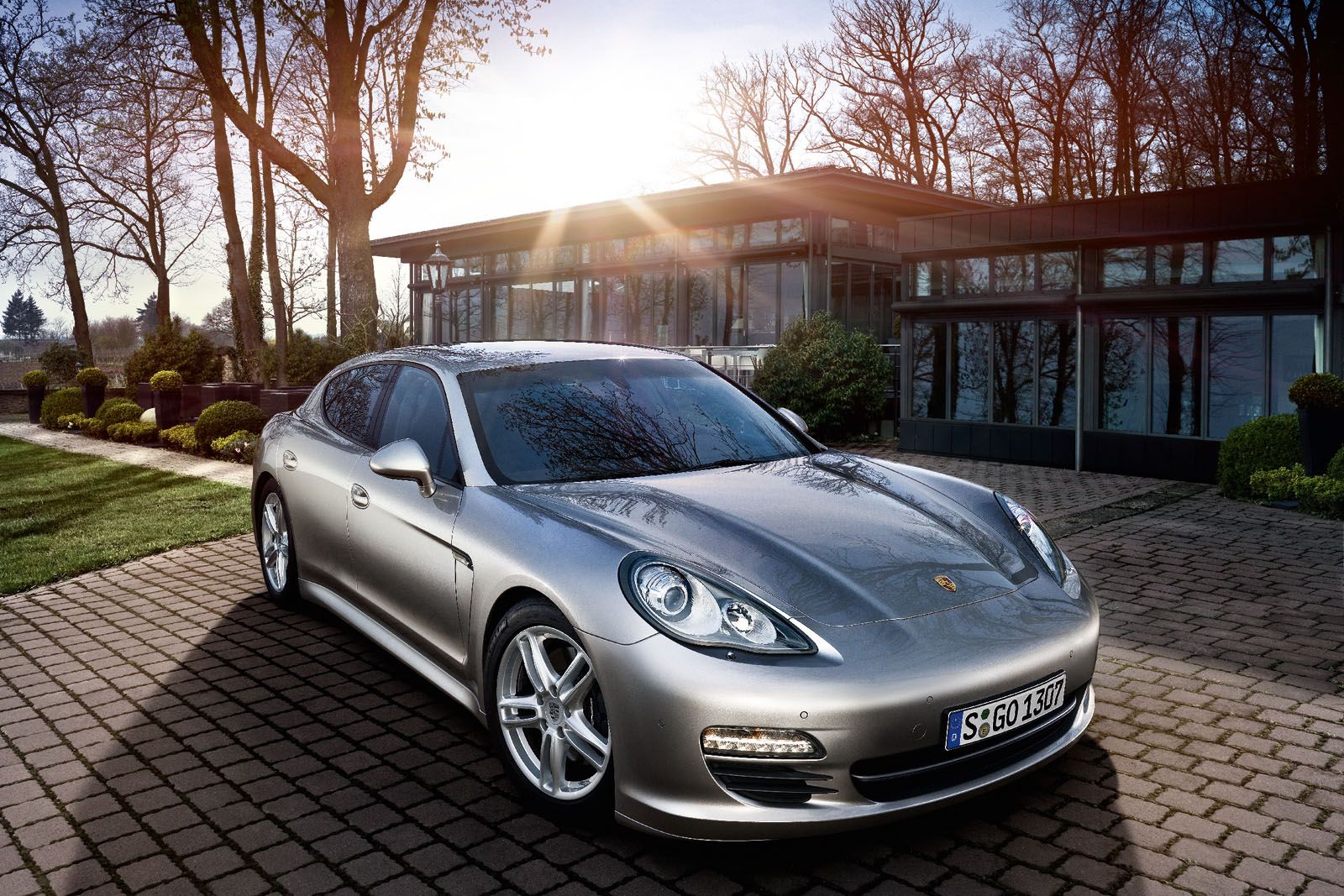Beyond BMW And Porsche: The Growing Pains Of Foreign Automakers In China

Table of Contents
Intense Domestic Competition
The rise of powerful domestic Chinese auto brands like BYD, Nio, and Xpeng is significantly impacting the market share of foreign automakers. These companies are not just competing; they are disrupting the industry. Their success is built on several key factors that pose a significant challenge to established international players.
- Rapid technological advancements: Chinese brands are rapidly innovating, particularly in the electric vehicle (EV) sector, often outpacing some foreign competitors in terms of battery technology, autonomous driving features, and connectivity.
- Aggressive pricing strategies: Domestic brands are employing aggressive pricing strategies, often undercutting foreign competitors and squeezing profit margins. This price competitiveness is fueled by government support and economies of scale.
- Strong government support: The Chinese government actively supports domestic automakers through subsidies, tax breaks, and favorable regulations, creating an uneven playing field for foreign companies. This preferential treatment significantly boosts the competitiveness of local car manufacturers in China.
Navigating Regulatory Hurdles
The Chinese automotive market is characterized by a complex and ever-changing regulatory environment. Foreign automakers face significant challenges in navigating these hurdles, which include:
- Import tariffs and trade barriers: High import tariffs and other trade barriers increase the cost of importing vehicles into China, reducing profitability for foreign automakers.
- Stringent emission standards: China's increasingly stringent emission standards require substantial investment in research and development (R&D) to adapt vehicles to meet these requirements. Failure to comply results in significant penalties.
- Data localization regulations: New data localization regulations mandate that certain types of vehicle data be stored within China, requiring significant infrastructure changes and raising potential security concerns for foreign companies. This adds complexity and cost to operations.
- Bureaucratic processes: Obtaining the necessary approvals and navigating bureaucratic processes can be lengthy and complex, further delaying market entry and expansion for foreign automakers.
Understanding Chinese Consumer Preferences
Catering to the diverse and sophisticated tastes of Chinese consumers is paramount for success. The market is far from homogenous, with preferences varying significantly across regions and demographics.
- Digital marketing dominance: Digital marketing and social media engagement are crucial for reaching Chinese consumers effectively. Traditional marketing strategies often fall short.
- Demand for advanced technology: There's a growing demand for electric vehicles (EVs), advanced driver-assistance systems (ADAS), and connected car technologies. Foreign automakers must offer cutting-edge technology to compete.
- Regional variations: Understanding the cultural nuances and preferences within different Chinese regions is critical for tailoring marketing and product strategies. A one-size-fits-all approach is unlikely to succeed.
Supply Chain Disruptions and Logistics
The global pandemic and geopolitical tensions have exposed vulnerabilities in the global supply chain, impacting the production and distribution of vehicles in China. Foreign automakers need to build more resilient supply chains to mitigate future disruptions.
- Diversified sourcing: Relying on a single supplier is risky. Foreign automakers need to diversify their sourcing to mitigate risks associated with disruptions.
- Robust logistics infrastructure: Investment in robust logistics and transportation infrastructure within China is crucial for efficient distribution and timely delivery of vehicles.
- Inventory management: Effective inventory management strategies are needed to cope with unpredictable supply chain disruptions and fluctuating demand.
Conclusion
The Chinese automotive market presents both immense opportunities and significant challenges for foreign automakers. While some brands have thrived, many others struggle with intense domestic competition, complex regulations, and the need to understand unique consumer preferences. Success requires adaptability, strategic investment, and a deep understanding of the ever-evolving regulatory and economic landscape. To thrive, foreign automakers must prioritize innovation, localization efforts, and building resilient supply chains. Don't get left behind – understand the growing pains of foreign automakers in China and adapt your strategy to succeed in this crucial market. The future of your brand in China depends on it.

Featured Posts
-
 Newark Airport Faces Renewed Tech Problems Faa Reports
May 11, 2025
Newark Airport Faces Renewed Tech Problems Faa Reports
May 11, 2025 -
 Aaron Judges 2025 Push Ups Analysis Of The New York Yankees Stars Performance
May 11, 2025
Aaron Judges 2025 Push Ups Analysis Of The New York Yankees Stars Performance
May 11, 2025 -
 Cati Bani A Castigat Sylvester Stallone Din Rocky
May 11, 2025
Cati Bani A Castigat Sylvester Stallone Din Rocky
May 11, 2025 -
 Selena Gomezs Diamond Ring Multiple Fans Claim Ownership
May 11, 2025
Selena Gomezs Diamond Ring Multiple Fans Claim Ownership
May 11, 2025 -
 The Conor Mc Gregor Fox News Connection News Coverage And Public Reaction
May 11, 2025
The Conor Mc Gregor Fox News Connection News Coverage And Public Reaction
May 11, 2025
